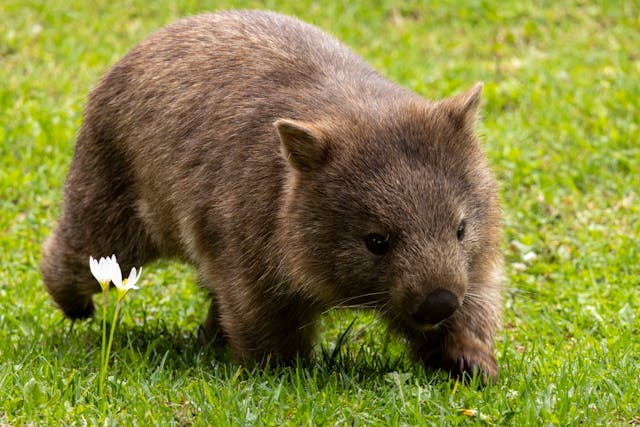Australia is home to some of the world’s most fascinating and unusual creatures. Many of these animals are found nowhere else on Earth, making the land down under a paradise for wildlife enthusiasts. In this guide, we’ll explore some of Australia’s strangest animals and the best places to spot them in their natural habitats.
1. Platypus: The Egg-Laying Mammal
The platypus is perhaps one of the most bizarre creatures on the planet. This egg-laying mammal with a duck-like bill, beaver-like tail, and otter-like feet can be elusive, but patient observers may catch a glimpse in the right locations.
Where to spot them:
- Eungella National Park, Queensland
- Warrawong Wildlife Sanctuary, South Australia
- Platypus Reserve, Tidbinbilla Nature Reserve, Australian Capital Territory
Best time: Dawn or dusk, when they’re most active.
2. Quokka: The World’s Happiest Animal
Known for their seemingly smiling faces, quokkas have become internet sensations. These small marsupials are incredibly friendly and unafraid of humans, though it’s important to remember not to touch or feed them.
Where to spot them:
- Rottnest Island, Western Australia (the best-known quokka haven)
- Some areas of the mainland near Perth, Western Australia
Best time: Year-round, but avoid the hottest part of summer days.
3. Tasmanian Devil: The Ferocious Marsupial
Despite their small size, Tasmanian devils are known for their loud screech, ferocious appetite, and powerful jaws. Once found across mainland Australia, they’re now only found in the wild in Tasmania.
Where to spot them:
- Cradle Mountain-Lake St Clair National Park, Tasmania
- Tasman Peninsula, Tasmania
- Narawntapu National Park, Tasmania
Best time: Dusk and night, as they’re nocturnal.
4. Echidna: The Spiny Egg-Layer

Along with the platypus, echidnas are the only egg-laying mammals in the world. These spiny creatures use their long, sticky tongues to catch ants and termites.
Where to spot them:
- Kangaroo Island, South Australia
- Great Otway National Park, Victoria
- Atherton Tablelands, Queensland
Best time: Year-round, but they’re more active in warmer months.
5. Leafy Sea Dragon: The Underwater Masquerader
These marine relatives of seahorses are masters of camouflage, with leaf-like appendages that help them blend in with seaweed and kelp.
Where to spot them:
- Rapid Bay Jetty, South Australia
- Fleurieu Peninsula, South Australia
- Mornington Peninsula, Victoria
Best time: Year-round, but visibility is often better in summer.
6. Koala: The Sleepy Tree-Dweller
While not as strange as some of the others on this list, koalas are uniquely Australian and beloved worldwide. These marsupials spend most of their time sleeping in eucalyptus trees.
Where to spot them:
- Great Otway National Park, Victoria
- Kangaroo Island, South Australia
- Lone Pine Koala Sanctuary, Queensland
Best time: Year-round, but they’re more active in cooler months.
7. Wombat: The Burrowing Cube-Pooper

Wombats are sturdy marsupials known for their burrowing abilities and, oddly enough, their cube-shaped droppings. They’re mostly nocturnal but can sometimes be seen during the day.
Where to spot them:
- Cradle Mountain-Lake St Clair National Park, Tasmania
- Wilson’s Promontory National Park, Victoria
- Kosciuszko National Park, New South Wales
Best time: Dusk and dawn, or night with a spotlight tour.
When seeking out these unique creatures, remember to always observe them from a respectful distance and never feed or touch wild animals. Many of these species are protected, and it’s crucial to preserve their natural behaviors and habitats.
Australia’s diverse ecosystems provide homes to some of the world’s most extraordinary animals. Whether you’re trekking through dense forests, exploring coastal regions, or diving into marine sanctuaries, the land down under offers unparalleled opportunities to witness these strange and wonderful creatures in their natural habitats. Happy wildlife spotting!
